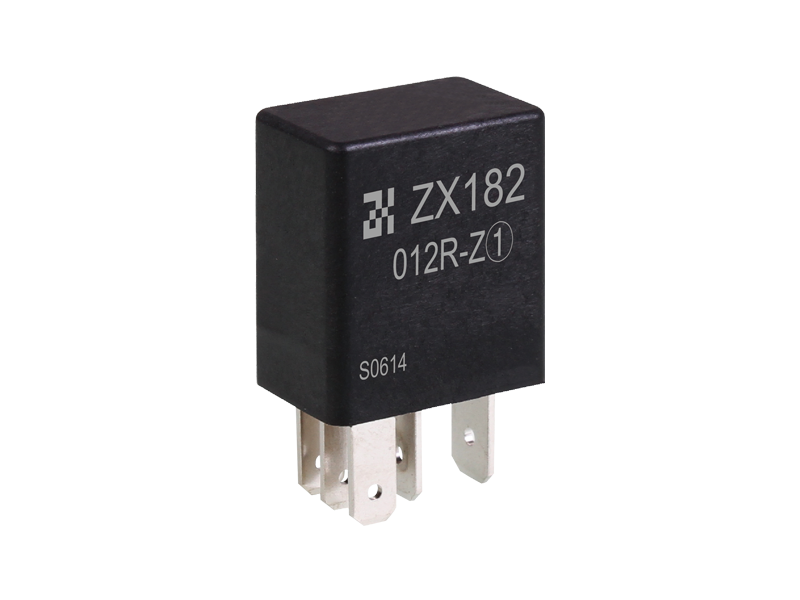Almost all the vehicle electrical systems contain relays. These relays are mainly used for switching functions and support modern electrical conveniences in vehicles. These relays can be installed on the vehicle itself or can be mounted on a unit manufacturer's board.
Automotive relays are composed of two main parts: the armature and the contacts. The contacts are movable metal parts, which are pulled by a magnetic field. This magnetic field then completes the circuit on the load side of the relay. The armature is attached to a tension spring, which holds the armature in place. When the voltage is applied, the armature pulls the contacts together.
Automotive relays are generally used for the safety and comfort of the driver. They also help to provide greater efficiency and connectivity in vehicles. A relay also works as an amplifier. They allow a low-current circuit to control a high-current circuit.
The relay coils of automotive relays are designed to withstand high temperatures. They can be made in latching coils or nonlatching coils. Automotive relays also come with hermetic seals, built-in diodes, or a combination of these components. These types of relays are designed to operate in high-vibration locations, in gas ingress protection, and in extreme temperature conditions.
When the power supply voltage is low, the coils of the relay will have a reduced voltage and thus, its life will be affected. In addition, the operating temperature will also affect the coil resistance value. This change will depend on the ambient temperature, the operating frequency, and the type of load.
Automotive relays can be used for any kind of vehicle. They can be installed in the engine compartment underneath the dash or in the engine compartment behind the kick panels. The number of relays in a vehicle can vary from ten to twenty.

Main Features
Micro size plug-in design
40A continuous current capacity
Dust cover and sealed version available for rough environment protection
Available in PCB termination